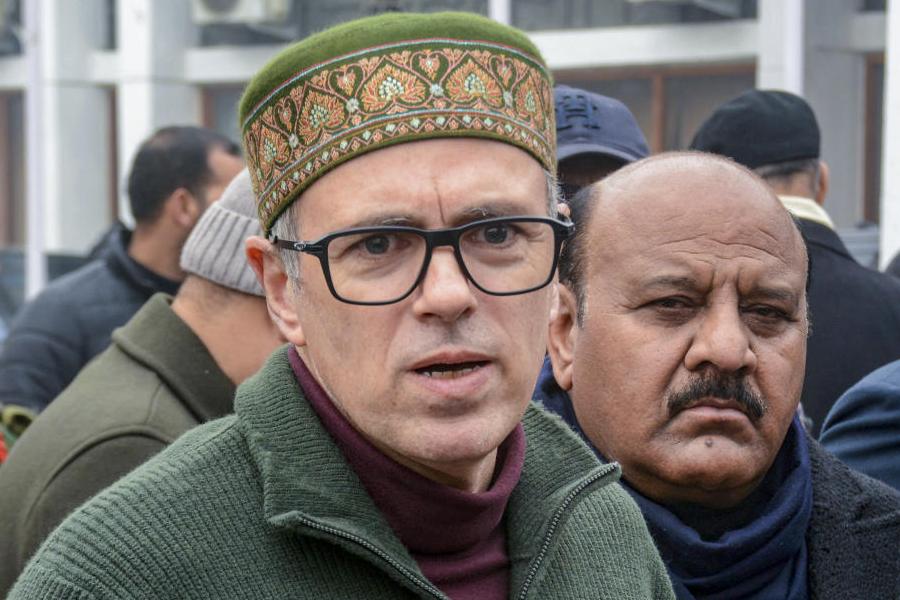India's Thar desert has seen a 38 per cent rise in vegetation and a significant 64 per cent gain in rainfall over the past two decades, defying a global drift of drylands towards greater aridity under global warming.
Scientists who analysed the Thar’s changing landscapes through a new study have found that the region also recorded the highest population growth and urban expansion among all 14 major desert areas worldwide between 2000 and 2023.
They have attributed the Thar’s increased vegetation to cropland expansion, boosted by more rainfall and groundwater extraction — making it the world’s only desert with simultaneous growth in people, plant cover and rain in recent decades. “What we’re seeing in the Thar is a classic case study of the human capacity to adapt to extreme harsh environments,” said Vimal Mishra, chief of the water and climate lab at the Indian Institute of Technology, Gandhinagar, who led the study.
“The cropland expansion and population growth in Thar shows how appropriate policies and investments in infrastructure can help societies thrive even under harsh conditions, with some help from natural processes,” Mishra told The Telegraph.
Despite an average increase in global greening, 6 per cent of the world’s drylands underwent desertification between 1982 and 2015, driven by unsustainable land use practices accentuated by rising temperatures, increasing evaporation rates and drying soils.
A 2020 study by US and Australian scientists had estimated that the 6 per cent dryland to deserts transformation directly affects 190 million people and unsustainable land use has put 20 per cent of drylands with 580 million more at high risk of desertification.
The study by Mishra and his colleagues has found that the Thar region experienced a 64 per cent increase in rainfall between 2000 and 2023. In parallel, cropland area in the region increased by 74 per cent and irrigated area by 24 per cent between 1980 and 2015.
The Indira Gandhi Canal that brings water from the Beas and Sutlej — Himalayan rivers — into Rajasthan, access to groundwater, and inexpensive land have likely boosted farming opportunities, vegetation and population growth in the region, the scientists have said. Several parts of the Thar have witnessed a 50 to 800 per cent rise in urban areas between 1985 and 2020, according to the study published in the journal Cell Reports Sustainability.
The scientists found that groundwater provides 55 per cent of the water sustaining plant growth in the region, with rainfall contributing the other 45 per cent — underlining the crucial role of groundwater in this desert’s transformation. But they have also cautioned that current groundwater extraction rates are leading to rapid groundwater depletion, water being pulled out faster than it is naturally replenished, creating a growing imbalance.
Separate climate studies predict that summer monsoon rainfall over northwest India, including the Thar, is likely to keep increasing — consistent with patterns in the Thar since 2000.
While this could support continued farming and greenery, the scientists also caution that the rain may come in extreme bursts, leading to floods. And rising temperatures may lead to more frequent heatwaves, increasing health risks and reducing the capacity for outdoor work.










